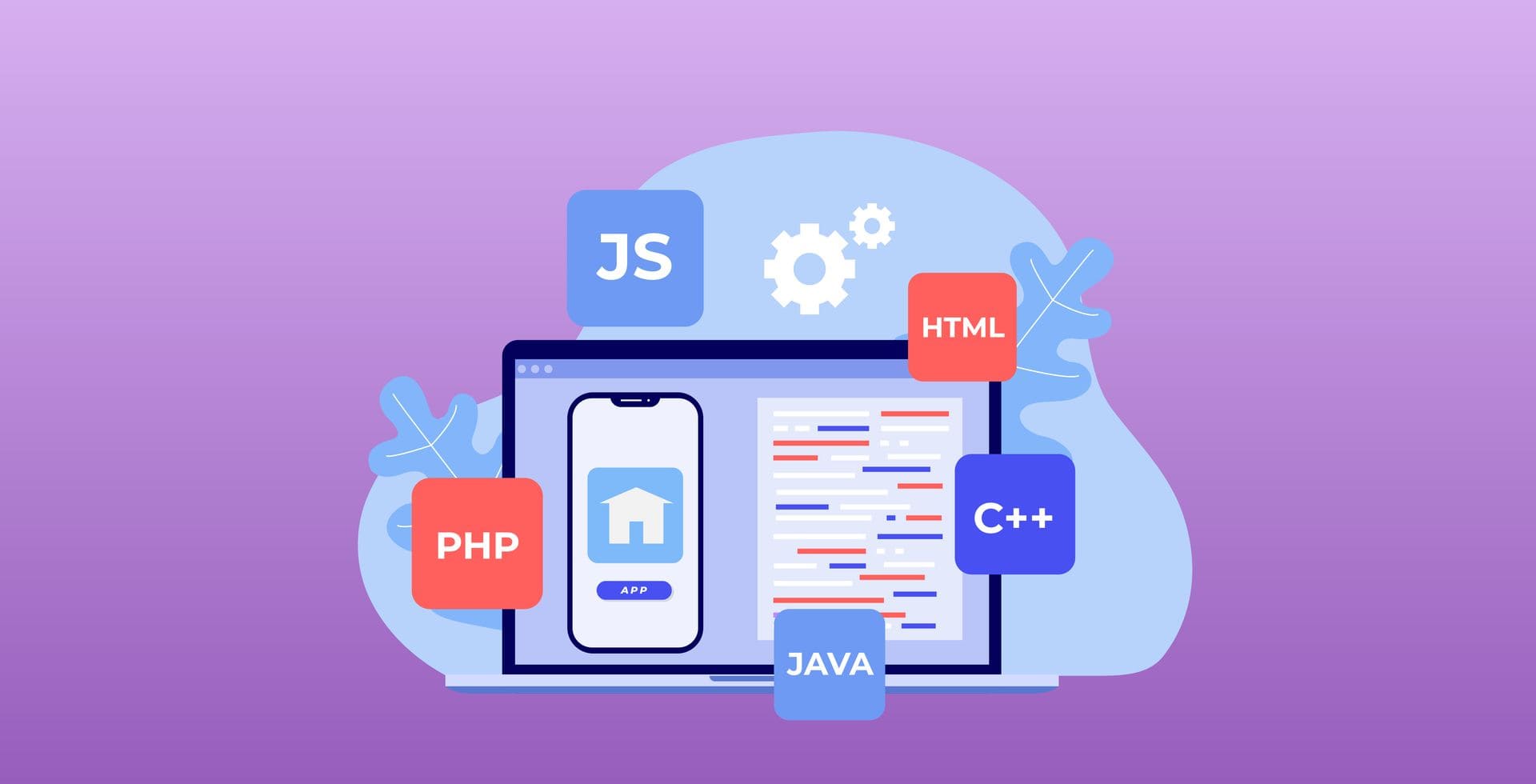
Software solutions designed for large enterprises must be reliable, scalable, and maintainable in order to be developed at the enterprise level. Python has become the preferred language for enterprise developers because to its ease of use, adaptability, and robust ecosystem. The frameworks, best practices, tools, and difficulties of developing Python applications at the enterprise level are all examined in this essay.
Why Use Python in Business Applications?
Python is appropriate for enterprise applications due to its many benefits:
- Readability and Simplicity: Python's expressive and uncluttered syntax cuts down on development time and lowers the entry barrier for novice programmers.
- Wide-ranging Libraries and Frameworks: Python has a robust library and framework ecosystem that speeds up development, including Django, Flask, and FastAPI.
- Community Support: Python's vibrant community guarantees frequent updates, an abundance of educational materials, and strong support.
- Cross-Platform Compatibility: Python is a flexible option for businesses because its programs can function flawlessly across a range of operating systems.
- Integration Capabilities: Python is a great glue language for heterogeneous situations since it can integrate with other languages, databases, and tools.
Important Frameworks for Python Development in Enterprises
Frameworks are essential for organizing and expediting the development of applications. Some well-liked Python frameworks that work well for business applications are as follows:
Django is a full-stack framework that is perfect for large, data-driven applications since it comes with built-in capabilities like an ORM, authentication, and an admin interface.
- Flask: A micro-framework that is lightweight, flexible, and appropriate for applications that need unique solutions.
- FastAPI: A popular choice for contemporary web services, FastAPI was created for creating APIs and places a strong emphasis on speed and type safety.
- Pyramid: A flexible framework that can grow from small, straightforward apps to big, intricate systems.
Celery is an essential tool for handling background operations in enterprise applications, despite not being a web framework.
Top Techniques for Python Development in Enterprise
Developers must follow best practices to guarantee the success of enterprise applications:
- Code Quality: To enforce coding standards, use linting tools such as Flake8 and Pylint.
- Version Control: Implement branching techniques like GitFlow for teamwork and use Git for source control.
- Testing: To guarantee code reliability, use frameworks like pytest to implement unit, integration, and end-to-end tests.
- Documentation: Use programs like Sphinx and MkDocs to keep thorough records.
- Continuous Integration/Continuous Deployment (CI/CD): Use tools such as Jenkins, GitHub Actions, or GitLab CI to automate testing and deployment processes.
- Scalability: Use strategies like database sharding and horizontal scaling to build the application with scalability in mind.
- Security: Follow security best practices, such as input validation, encryption, and regular security audits.
Enterprise Python Development Tools
Many tools are available in the Python environment to help with the building of enterprise applications:
- Development Environments: With capabilities like code navigation and debugging, IDEs like PyCharm and VS Code increase productivity.
- Dependency Management: To efficiently handle dependencies, make use of virtual environments (venv) and programs like pipenv or poetry.
Database management is made easier with frameworks like Django ORM and libraries like SQLAlchemy.
- Monitoring and Logging: For monitoring and logging, incorporate tools such as Grafana, Prometheus, and the ELK stack.
- API Development: Use Swagger and other OpenAPI tools and standards to develop and document APIs.
Difficulties in Enterprise Python Development
Python has certain drawbacks in business environments despite its advantages:
- Performance: Compared to compiled languages like Java or C++, Python's interpreted nature may result in slower execution speeds. The use of Just-In-Time (JIT) compilers, such as PyPy, is one mitigation technique.
- Concurrency: Multi-threaded programs may be hampered by Python's Global Interpreter Lock (GIL). Asynchronous programming and multiprocessing are alternatives.
- Dependency Management: In order to avoid version conflicts, it can be difficult to manage dependencies across several contexts.
- Legacy Systems: It could take more work and knowledge to integrate Python apps with legacy systems.
Examples of Enterprise Python Application Cases
- Django is used by Instagram to manage its enormous user base and volume of data. Instagram's success was largely attributed to Django's ORM and Python's scalability.
- Dropbox
- Python is a key component of Dropbox's backend services, being used for infrastructure management and API development.
- Spotify
Python is used by Spotify for backend services and data analysis, making use of libraries like pandas and NumPy to analyze data effectively.
Python's Prospects in Enterprise Development
Because of its versatility, Python is well-positioned for upcoming developments in corporate technology:
AI & Machine Learning: With the help of libraries like TensorFlow and PyTorch, Python will continue to dominate AI/ML.
Cloud-Native Development: Python is an excellent candidate for cloud-native development due to its compatibility with cloud services such as AWS, Azure, and Google Cloud.
Microservices Architecture: Businesses are using microservices more and more, and frameworks like FastAPI and Flask are perfect for creating them.
Python's simplicity, scalability, and strong ecosystem have made it a mainstay in the creation of enterprise applications. Developers can create dependable and strong apps that satisfy the intricate requirements of contemporary businesses by utilizing the appropriate frameworks, tools, and best practices. Notwithstanding its difficulties, Python's adaptability guarantees its position as the go-to option for business solutions, both today and in the future.